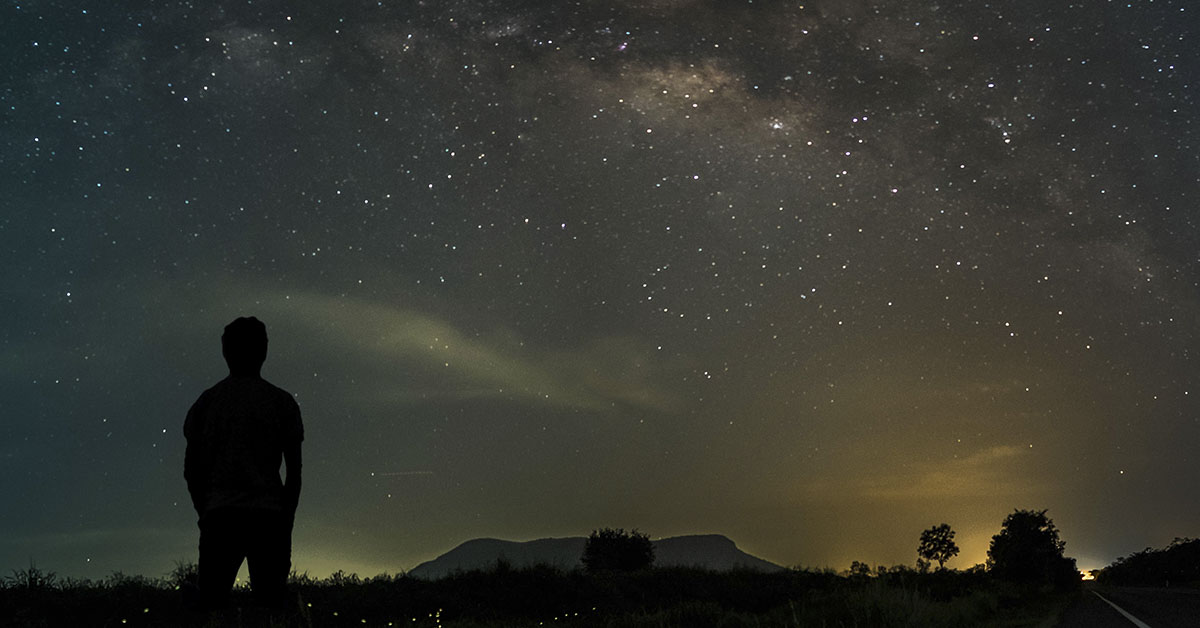The night sky and outer space are both incredible things to observe and understand. They give us insight if we pay close enough attention and are so vast the discoveries are endless. On Saturday, June 17th, 2023, a planetary display will occur involving five planets that will be visible across the Eastern Horizon.
Five Planets will be Visible
While the idea is incredibly cool, particularly to those who feel an extra sense of peace or joy when looking up at the sky, there are some things to keep in mind to get the best viewing.
Best Tips to View Five Planets
The five planets, Jupiter, Saturn, Uranus, Neptune, and Mercury, will begin their spectacular display about an hour before sunset, which means that, first and foremost, setting an alarm or actually being a morning person will increase your chances of seeing the five planets.
Next, only 3 of the five plants will be visible to the naked eye. As a result, it’s recommended to use binoculars or a telescope in order to see all five planets flaunt their incredible glow.
Last, the planetary display will be the most visible, with limited light pollution. It’s no secret that the best nights for stargazing are away from cities. The further out from all the streetlights, stop lights, home lights, and so on, the clearer and brighter the sky becomes, unveiling stunning twinkling lights. Therefore, it makes sense that the same setting would be ideal for viewing the five planets. Furthermore, because a clear sky is ideal for planetary viewing, it’s also important that the sky is clear, free from storm clouds or rain.
What’s Going On
Jupiter, Saturn, Uranus, Neptune, and Mercury will appear in the sky in a seemingly straight line across the sunrise. The planetary display is the result of what happens when multiple planets are located in the same constellation; in this case, the five planets will “align” in a 93-degree sector. As a result, the planets will look as though they’re closer together. This isn’t an everyday occurrence; the next time is predicted to happen is April 2024—almost a year from now.
One simple piece of knowledge will be your ticket to differentiating between stars and planets. On any night, the stars in the sky will likely glitter, shimmer, or flicker. However, the planets, while also appearing as round specks of light, won’t flicker or sparkle and will likely stand out among the gleaming sparkles of the rest of the stars in the sky.
Are Five Planets Aligning
Interestingly, there has been a bit of debate regarding the “alignment” of the planets for a few reasons.
Firstly, all of the planets will never perfectly align together. Meaning that even if planets appear to line up with each other, it’s never a perfectly straight line. Furthermore, it would not be possible for all the planets to be perfectly “aligned” at the same time. However, they’re often close most of the time, all rotating around the sun in “almost the same plane”.
Referred to as the ecliptic by astronomers, the seemingly straight path, making a full circle, is known as the “Sun’s yearly path across the sky.” This visual aid provides clarity into understanding how the planets are always aligned compared to how these five planets will “align” this Saturday morning.
Technology Helps
Another helpful tool to ensure you get a chance to glimpse the sky’s showing is an app called Sky Tonight. It has real-time updates so you can stay informed and get real information regarding the sky and what’s happening based on your exact location.
Common Misconceptions
The incomprehensible magnitude of space can sometimes leave people feeling a little anxious or in the midst of an existential crisis. While there’s not much other than acceptance to help with the latter, the former is made worse by sci-fi movies and fantasy fiction that equates the planet’s aligning with an array of disasters. On the other hand, scientists have found that the other planets have so little gravitational pull on Earth there would be very little impact.
Gravity’s Role
Additionally, only two objects in the solar system have enough gravity to have any effect on Earth’s well-being, and those are the Sun and Moon. In fact, because the sun is so massive, its gravitational pull actually impacts all the planets, moons, and some stars. Additionally, the sun’s gravitational pull is the reason for the Earth’s yearly orbit, meaning it, combined with its tilt, is why there are four seasons in a year.
On the other hand, the moon’s gravitational pull is so strong because of its close proximity to Earth. The moon’s gravity is responsible for ocean tides that become stronger or weaker depending on the moon’s phase. For example, spring tides occur when there is a full and, interestingly, new moon. They are stronger tides that make them more dangerous but also more magnificent. They are called this because the tides are described as “springing” onto the shore. This event happens frequently, at intervals of every two weeks.
Fortunately for people who don’t love early mornings, space is always displaying its beauty and magnitude through the sky. Almost as though the sky were a movie screen. As a result, there are plenty of other opportunities to check out other incredible planetary displays. One is actually taking place next week, during Summer Solstice on June 21st. In the evening, another planetary display will take place in which both Venus and Mars will be noticeable and grouped together with the moon.
Keep Reading: Lunar And Solar Eclipses 2023 – Dates, Folklore, And Facts
Sources
- “Look up this weekend! FIVE planets will be visible in the sky on Saturday morning – how to see Jupiter, Saturn, Mercury, Neptune and Uranus.” Daily Mail. Lauren Haughey. June 15, 2023.
- “Do All The Planets Ever Line Up?” World Atlas
- “Planetary Alignment 2023: Saturn, Neptune, Jupiter, Mercury & Uranus on June 17th.” Star Walk June 15, 2023.
- “True, 5 planets align June mornings. But … Earth Sky. Kelly Kizer Whitt. June 16 2023.

